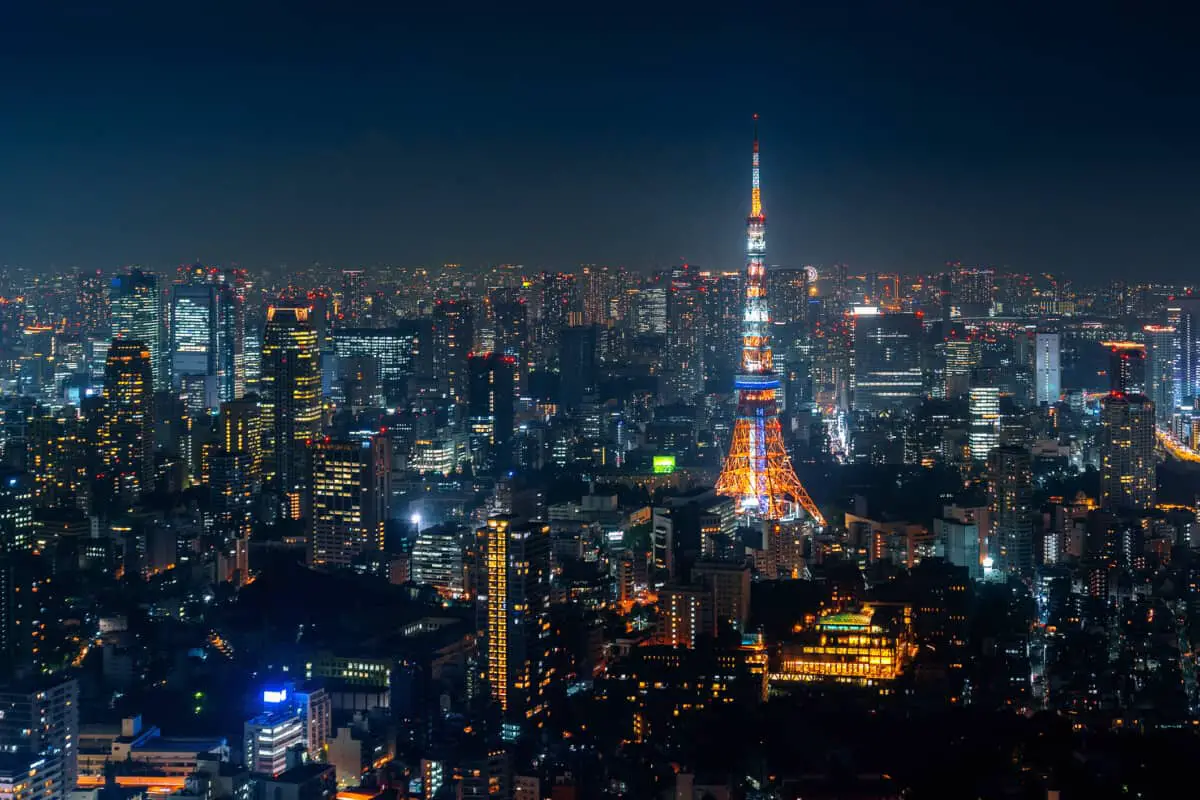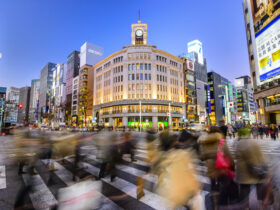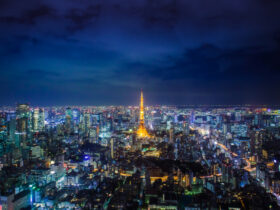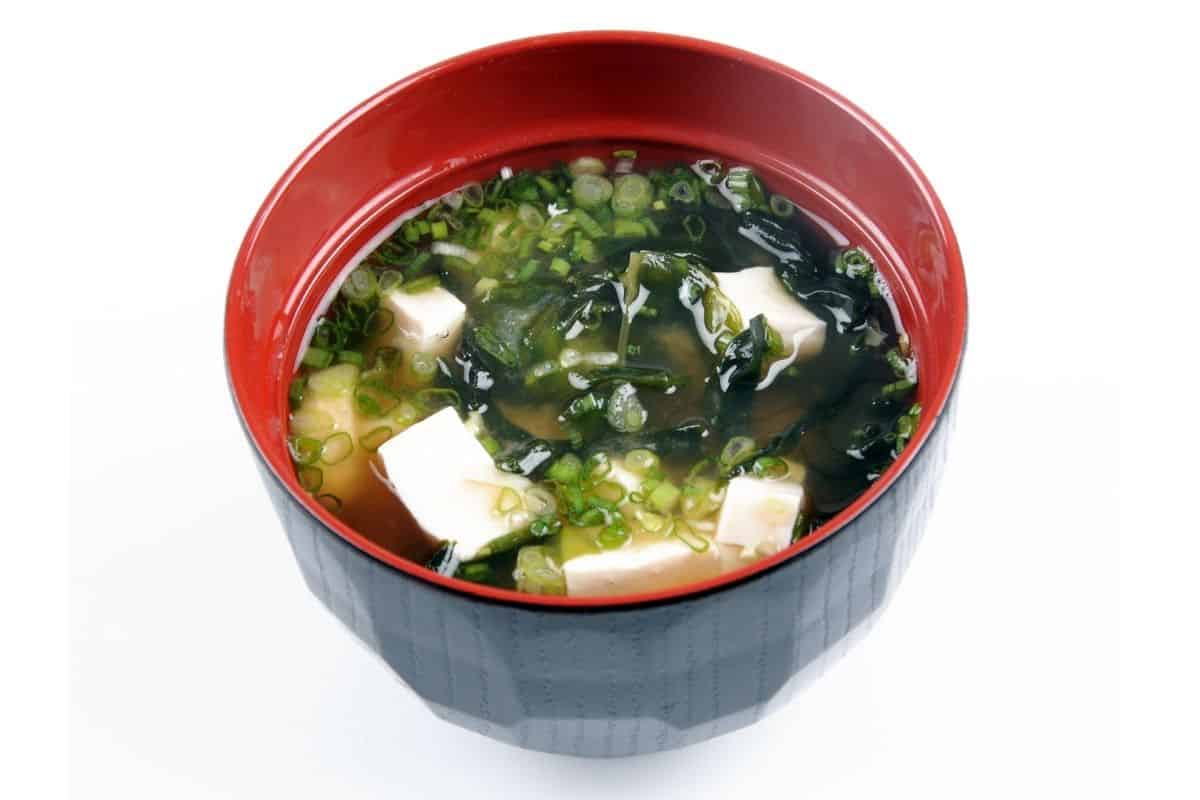Festivals in Japan
Festivals in Japan are like no other. Japan loves its festivals, known as matsuri in Japanese, and there are numerous festivals held all throughout Japan all year.
Some of the major festivals that Japan is famous for are happening in Tokyo, which is one of the many reasons it’s such a popular place to visit or stay in.
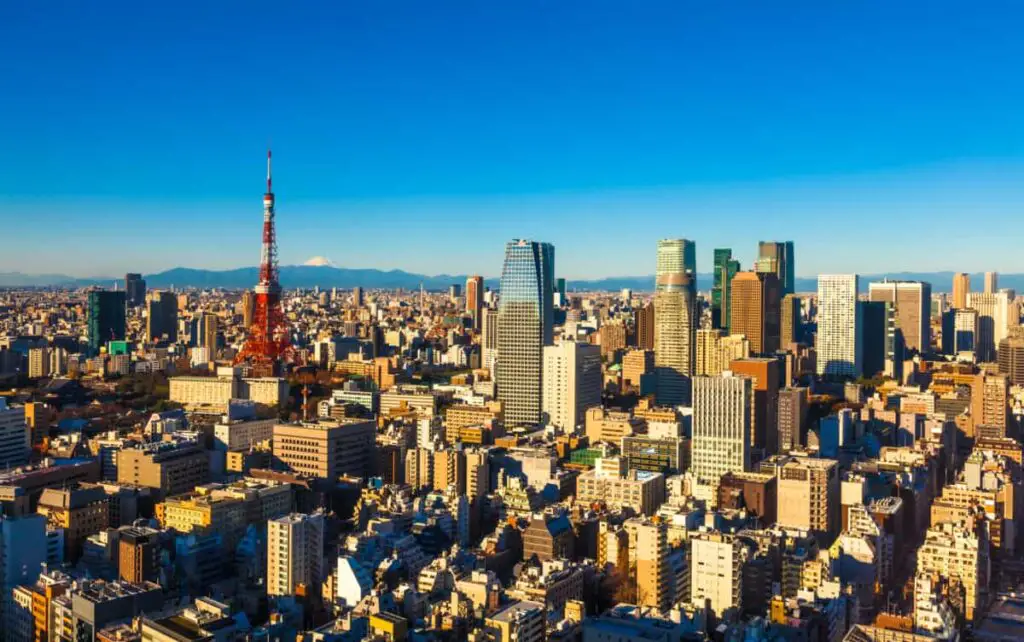
Even if you only plan on stopping in Tokyo for a day or two during your trip, be sure to check if any Tokyo festivals are being held when you’re in Japan.
There’s a decent chance you’ll find one being held, and it will certainly be worth planning a day or night in Tokyo to enjoy the festivities.
Why Does Japan Love Festivals?
Festivals have been held for reasons to pay homage to important holidays in Japan, honor moments of religious significance, ring in a new season or year, and so much more.
A lot of festivals have been celebrated in different regions of Japan for numerous decades, and Japan is known to hold tradition in high regard.
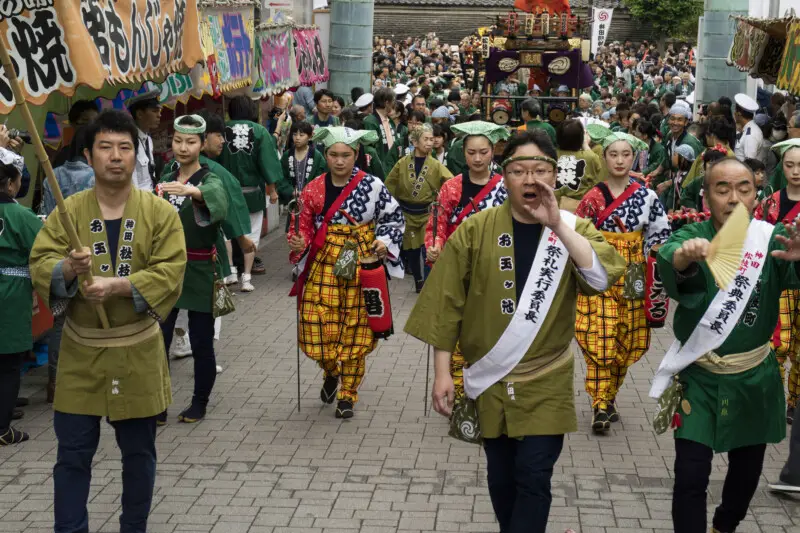
The atmosphere of Japanese festivals is also a major draw and entices people to participate each year. From being able to admire creative festival features such as costumes and music and enjoying delicious food stalls, the art of the Japanese festival is unmatched.
Top Must-See Festivals In Tokyo
In order to plan your next Japan trip accordingly, below are some of the top Tokyo festivals that will offer an unforgettable experience.
Even the more toned-down religious festivals are worth attending, as there are so many opportunities to learn more about Japanese culture.
Sanno Matsuri
Sanno festival or matsuri, is a historically significant and long-running festival held in June, typically from June 6th to June 17th. The festival is held every other year and has been enjoyed in Tokyo since the 17th century.
However, some of the typical events that would take place during the festival are no longer done.
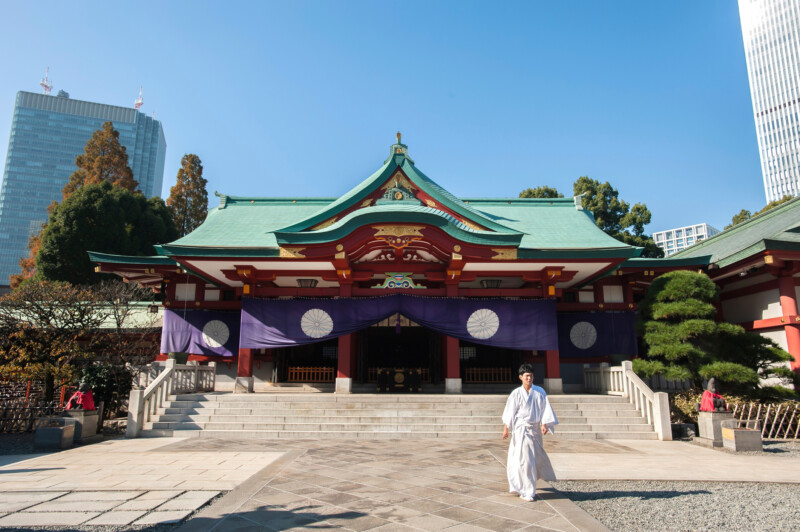
For instance, festival-goers used to be able to enter Edo Castle, but the castle is not standing any longer. However, there is still a major parade that takes place all throughout central Tokyo.
The festivals parade starts at the Hie shrine, directly on the shrine grounds.
Comiket
Manga fans will want to check out Comiket, which happens in both August and December in Tokyo. It’s touted as the biggest manga festival anywhere in the world, and for good reason.
The festival celebrates the manga fandom by helping both fans, and lesser-known artists showcase and sell their manga creations.
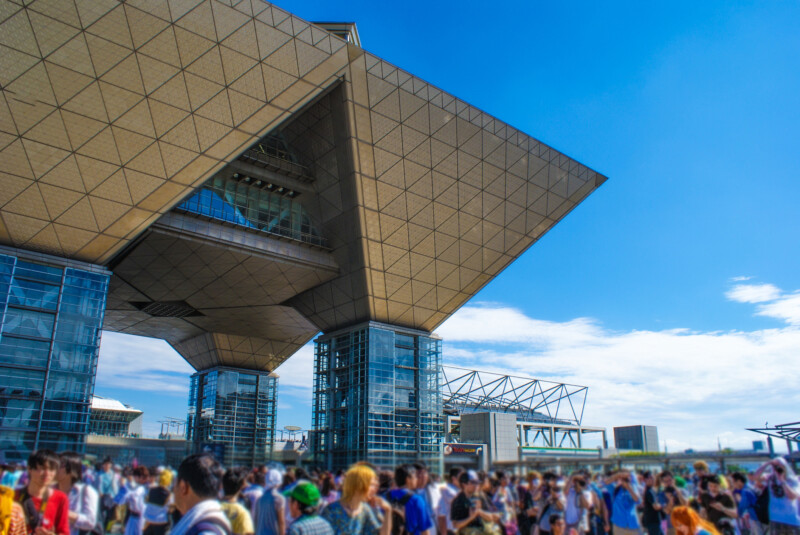
Tokyo Big Sight Convention Center Official Website
Additionally, a lot of cosplayers will go all out during the festival, which you’re free to participate in if you’re a cosplayer yourself. The event takes place for three days each month it occurs at the Tokyo Big Sight, and there are bounties of booths set up throughout.
Asakusa Samba Festival
Samba is a style of Brazilian dance that many are familiar with to some degree. What you might not be familiar with is the friendly relationship between Japan and Brazil.
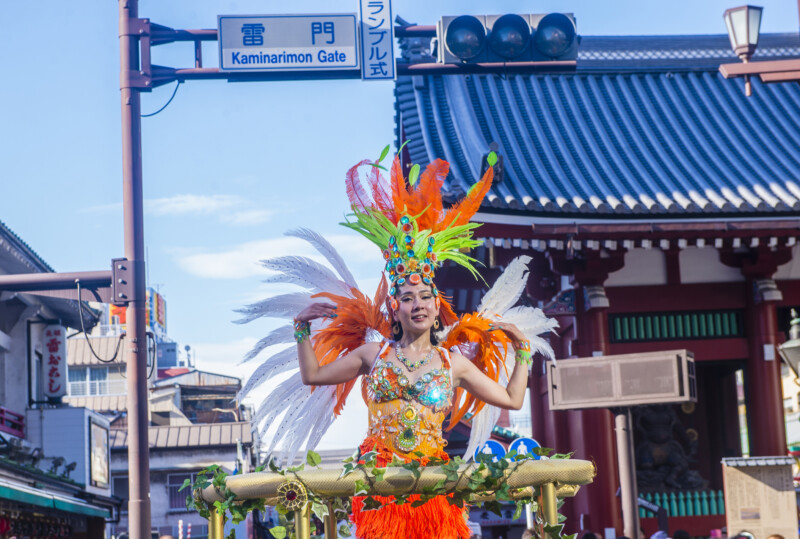
In the late summer, the streets of Tokyo are aflutter with a ton of dancers and festival-goers in colorful outfits who get very excited about all the dancing and the fun.
You can even see some dancers who come from Brazil to compete against each other.
Kanda Matsuri
Kanda festival should be one of your top priorities if you happen to be in Tokyo in May during the year the festival is being held. Kanda Matsuri usually alternates years with the Sanno Matsuri. The incredibly vivacious and crowd-pleasing festival features a large parade of hundreds of portable shrines or o-mikoshi.
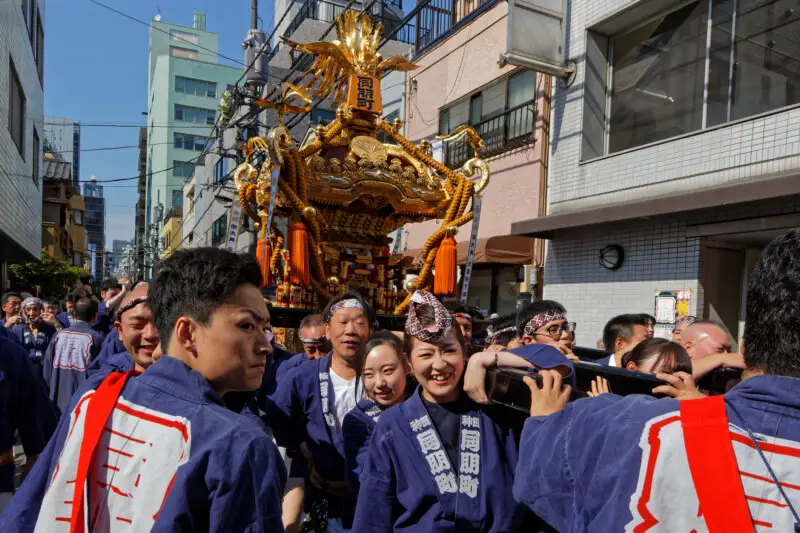
These shrines venture from the Kanda Myojin Shrine through Nihombashi and Akihabara before circling back to Kanda, so the whole festival stretches from morning to night.
You can also enjoy some incredible music and dancing throughout the festivities.
Outside of how fun this festival is, it also holds some importance for Japan, given its historical origins.
The purpose of Kanda Matsuri is to remember and celebrate the Tokugawa Shogunate and Tokugawa Ieyasu’s success during the 17th-century Sekigahara battle.
Sumida Park Cherry Blossom Festival
Not surprisingly, there are a few cherry blossom festivals that you can attend if you’re in Tokyo in March. The Sumida Park Cherry Blossom Festival is a top choice because of how incredibly beautiful Sumida Park is on its own.
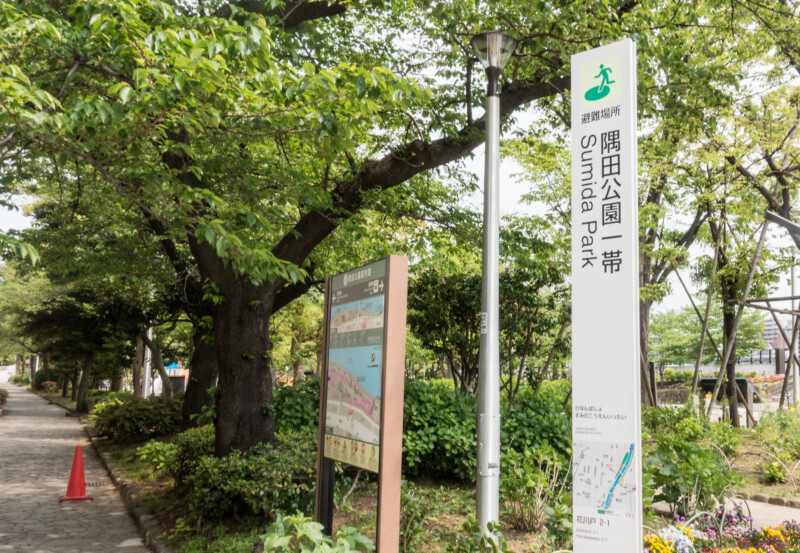
You can watch the gorgeous cherry blossom trees gently blowing in the wind while also overlooking the park’s river. You might also catch plum blossoms still in bloom too.
Sumida Park Cherry Blossom Festival Via Go Tokyo
There are hundreds of cherry blossom trees lining the park, so even though it gets crowded, you won’t miss out on seeing the blooming trees. You can also enjoy a river bus ride to gain a new perspective and stick around until nighttime when the trees are illuminated.
Next Generation World Hobby Fair
If you’re traveling to Japan with some youngsters or are simply someone who enjoys video games and Japanese cartoons, the Next Generation World Hobby Fair is where you’ll want to be in June.
The fair can be enjoyed over two days, and the festivities are a chance for game and media companies to show off new creations while also celebrating the classics.
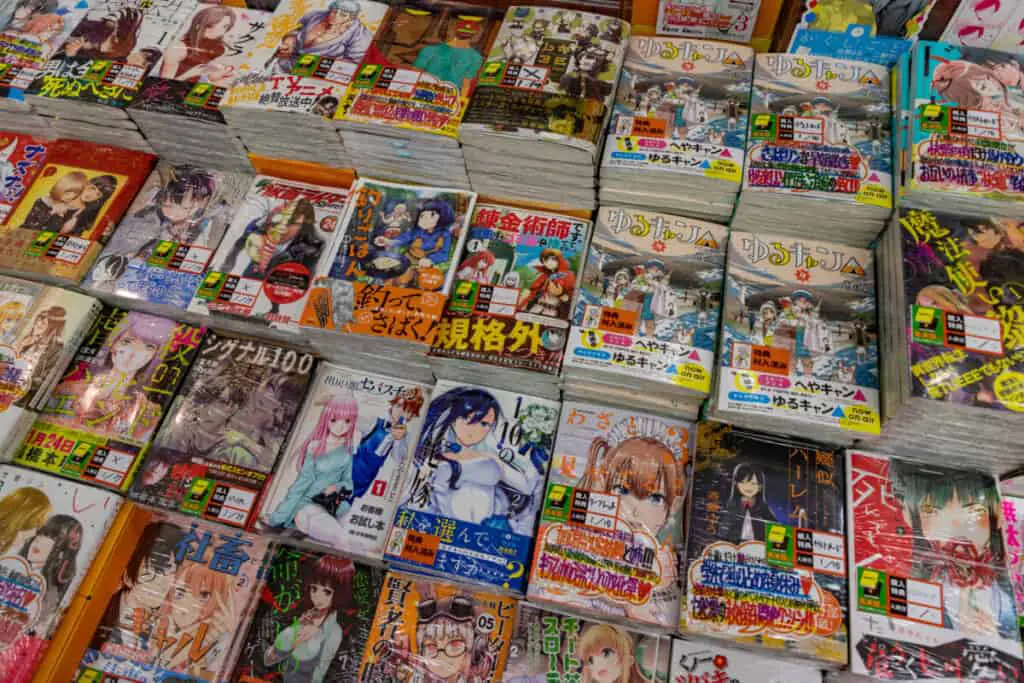
Throughout the two-day event, there are a plethora of well-known characters that make their way through the crowds from your favorite Nintendo games or mangas, and some even hold special shows on the stage.
Big brands will often have their own setups at the fair, showcasing sneak peeks at new things and limited edition toys and fares.
Summer Festivals in Tokyo
Summer is one of the best seasons to go to Tokyo and engage in numerous festivals.
Festivals happen year-round in Tokyo and throughout the rest of Japan, but summer seems to be the most festive season in terms of major festivals.
Tanabata
Tanabata is a name you might recognize, as this is a pretty popular festival held in Tokyo each July or August.
It’s also known as the Star Festival and commemorates a very famous Japanese tale about two lovers separated by the Milky Way and can only meet when magpies build a bridge each year. The day this bridge forms is the seventh day of the seventh month.
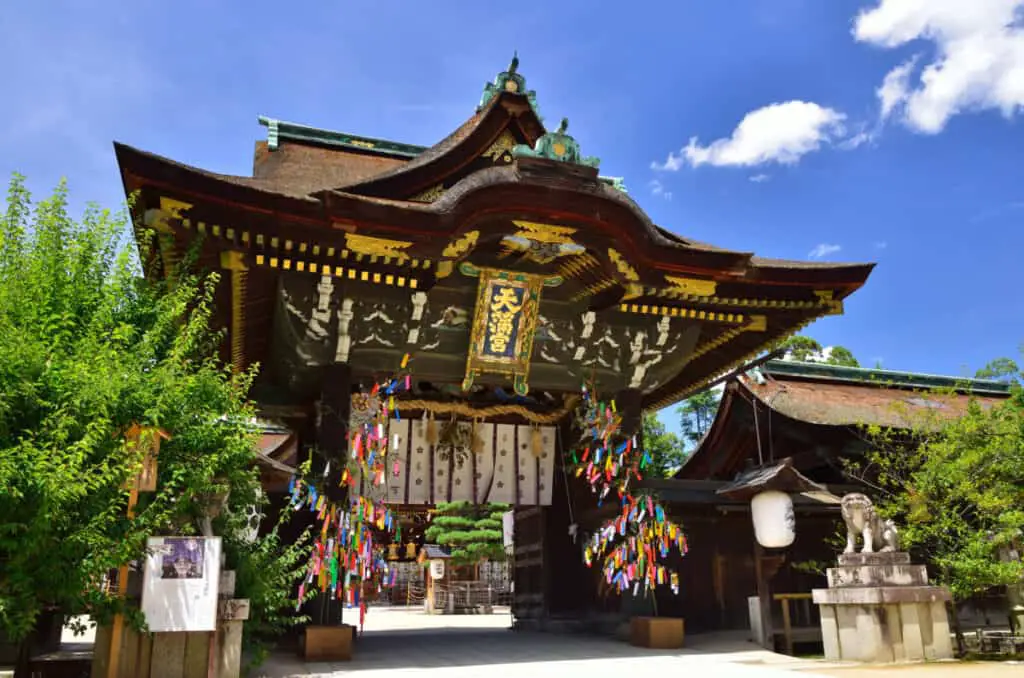
Tanabata Festival Via Go Tokyo
At Tanabata, you can enjoy all the typical festivities, from incredibly yummy food stalls to parades and decorations galore.
One of the biggest events is when people will write down a wish or an intention that is subsequently tied to a piece of decorative bamboo.
Tokyo tends to be the top place for people to enjoy this festival, but a Tanabata festival can be enjoyed throughout Japan and even in different parts of the world.
Mitama Matsuri
The Mitama Matsuri is a visually stunning festival held at the Yasukuni Shrine in Tokyo every July. The beauty of this festival comes from the tens of thousands of Japanese lanterns that are lit up once the sun goes down, creating some breathtaking scenery.
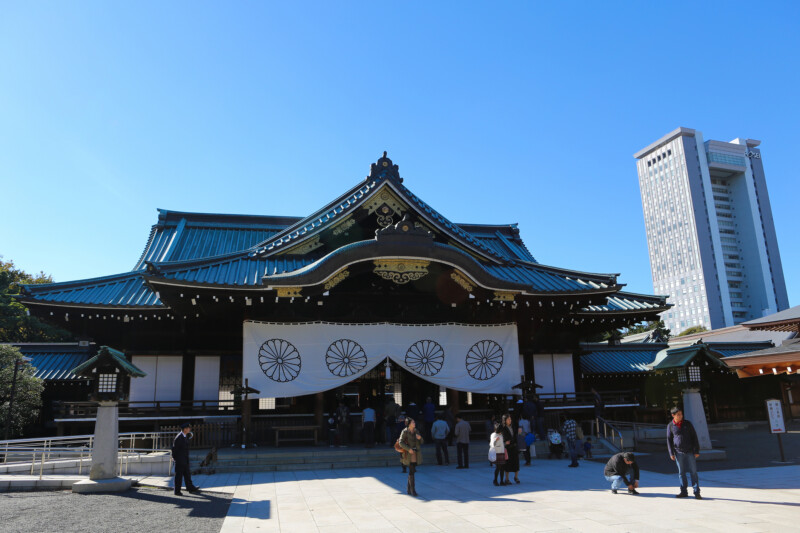
Mitama Matsuri Via Tripadvisor
The festival has been a yearly endeavor since the late 1940s, and the lanterns are meant to be a way to remember your loved ones.
Hozuki-ichi at Senso-ji Temple
The Senso-Ji Temple has been a staple in Japan for centuries and has existed in the country longer than any other temple or shrine in Tokyo.
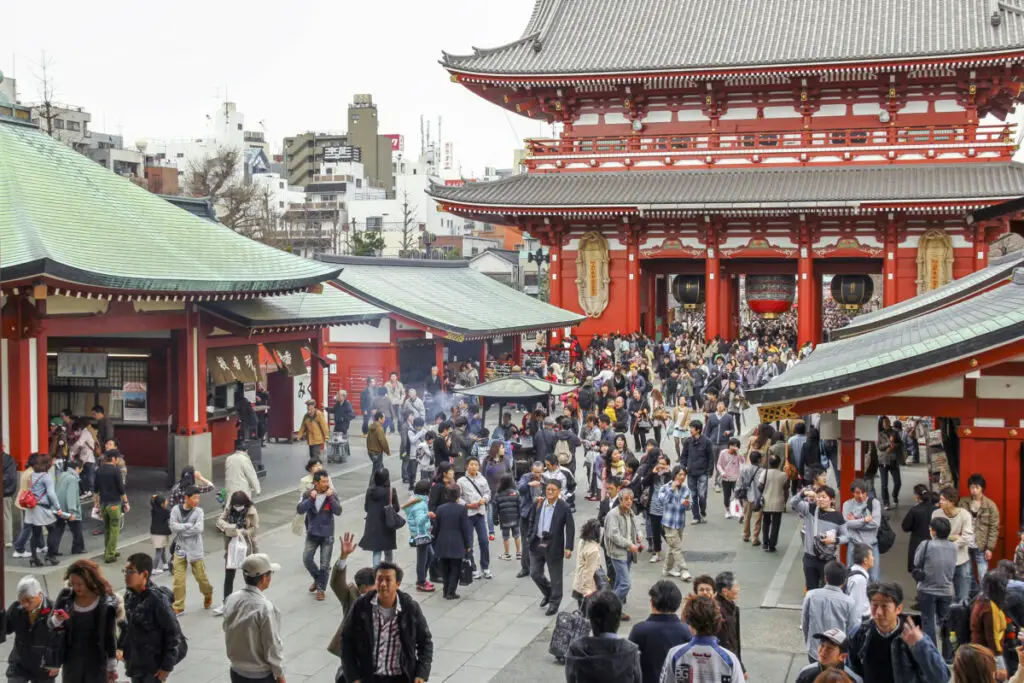
During this matsuri held in July, festival-goers will dress in beautiful yukatas, shop at many of the stalls, and listen to beautiful wind bells creating a lovely and peaceful ambiance.
Fukagawa Hachiman Matsuri
This matsuri is another one that has been held in Tokyo since the 17th century. You can catch the festivities if you’re in Tokyo in the month of August, as it’s usually celebrated in the middle of the month.
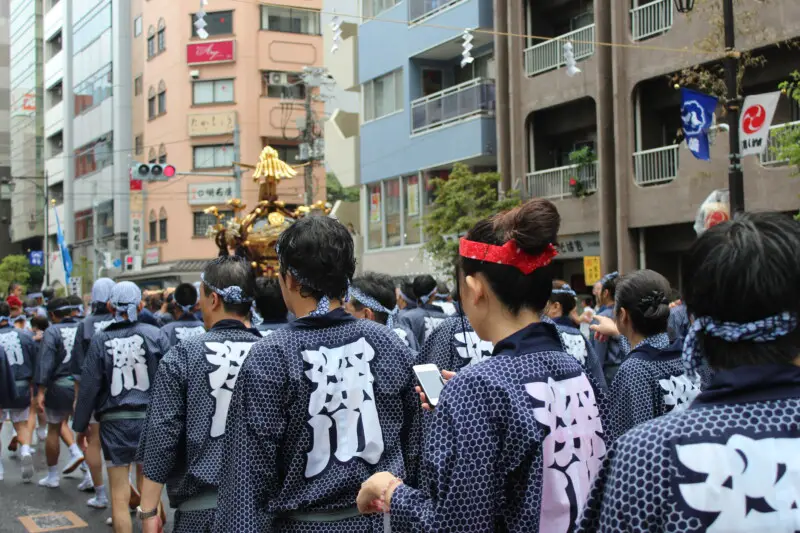
Once you get to the Tomioka Hachimangu Shrine, you’ll see a plethora of people with portable shrines who will parade down the streets as people throw water at them.
Harajuku Omotesando Genki Matsuri Super Yosakoi
This particular festival is often a big draw for people visiting Tokyo in the summer. The festival spans two days, usually at the end of August, and can be enjoyed in the incredible Yoyogi Park.
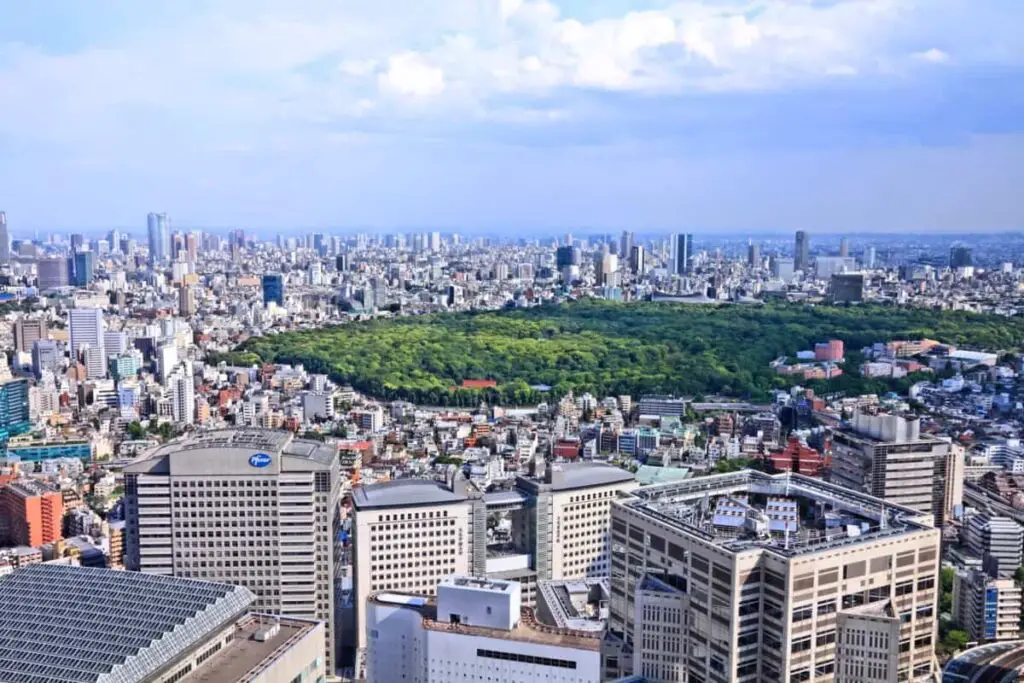
Harajuku Omotesando Genki Matsuri Via Go Tokyo
If you’re someone who loves dance and music, you’ll very much appreciate this festival that perfectly blends traditional and modern Japanese music, and dance is considered one of the main events.
You will be blown away by the number of dancers and the way they are able to mix together both traditional and current styles of dance and music. There are hundreds of dancers with classic and beautifully colorful costumes, using naruko, or wooden clappers, to clap to the beat of the music.
Experiencing Tokyo’s Best-Known Festivals
If you are fortunate enough to be in Tokyo when one of these annual event matsuris takes place, then you are in for a great time. Whether awed by traditional costumes, traditional dance performances, or seeing a parade as one of the main attractions, each has a long history.
Although some matsuri are held on odd-numbered years, others are annual events.
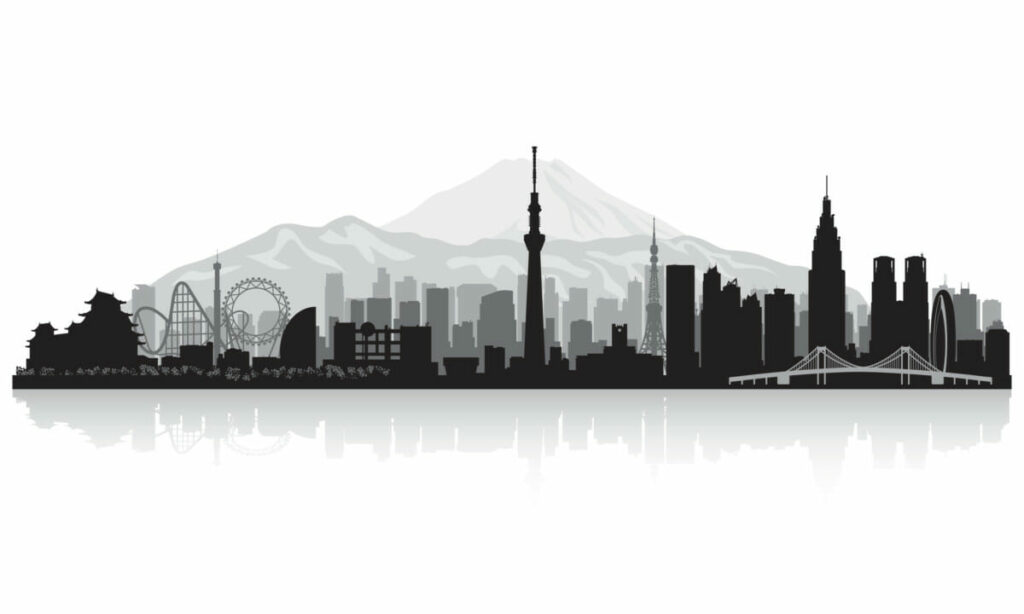
You’ll have a chance to see incredible backdrops such as the imperial palace and Ueno park it’s always filled with excitement and a great way to experience the culture of Tokyo. Matsuri can be a religious festival or celebration of the season, such as a spring festival.
Every Festival In Tokyo By Date Via Google
Whether you hope to see a dance festival, buy a few good luck charms, or experience the new year, it’s all a great opportunity to plan your trip to Tokyo by checking the official website of each festival to confirm dates, locations, and times.
Japan’s Largest Festival

